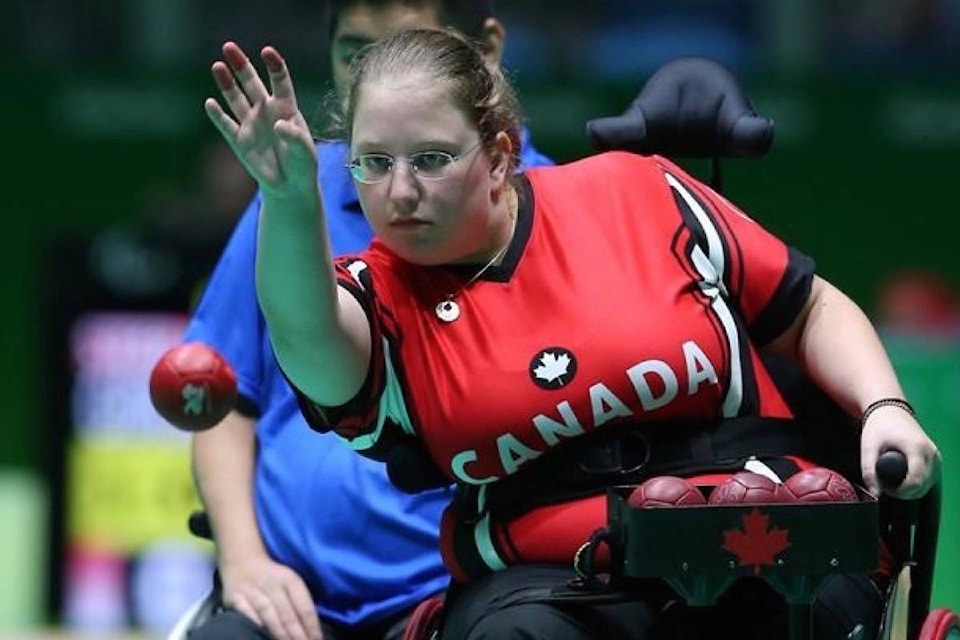TORONTO — Alison Levine knew when she threw her first ball that boccia was the sport for her. She was on the provincial team three weeks later and made the national team three months after that.
Now a six-year veteran, Levine is expected to be a medal contender at this summer’s Parapan Am Games in Lima, Peru and at next year’s Tokyo Paralympics.
Levine was recruited by current pairs partner Marco Dispaltro, who quickly got in touch with provincial and national coaches when he first saw her play.
“When I saw Marco’s interest in me spark, I was like, ‘OK, I think I’ve got something going here,’” Levine said Wednesday in an interview at the Canadian Paralympic Committee’s content summit.
The 28-year-old from Montreal first exhibited noticeable symptoms of a neuromuscular disorder around age 12.
Levine, who’s affected by idiopathic muscular dystrophy, previously competed in wheelchair basketball, wheelchair rugby and horseback riding.
The more precise sport of boccia — Levine competes in the BC4 classification — was a good fit. She credits the sport for giving her greater autonomy and self-confidence.
“You have to analyze, strategize and execute in a matter of seconds,” she said. “It plays to my strengths.”
Boccia was originally designed to be played by people with cerebral palsy. The sport now includes athletes with impairments that affect motor skills.
Players score points by throwing or rolling coloured balls as close as possible to a white target ball called the jack.
Currently ranked fourth in the world, Levine has the ability to generate power with her shots while maintaining precision.
“None of us are powerful because of our disabilities,” she said. “But compared to some others, I have a certain body mechanic that I’m able (to throw harder). I’m super flexible so I’m able to get a lot of height on my pendulum swing in order to generate a lot of power.”
Her first medal was a pairs gold with Dispaltro at the 2013 national championship in Montreal. Levine, who also won some individual matches at that event, was on her way.
“He carried most of the weight,” she said. “I was super-green.”
Levine won silver medals in the individual and pairs competitions at the 2015 World Open championships in Poland and took pairs silver at the Parapan Am Games in Toronto.
Her first Paralympic Games experience came a year later in Rio. Levine finished fifth in the individual competition and sixth in pairs.
In most cases, her opponents have a hard time matching her skillset. It can allow Levine to be aggressive when needed.
“I’m going to go for it and (the balls are) going to explode and change the game,” she said.
Canada has already qualified for the Lima Parapan Ams and chances are good that Levine will return to the Paralympics too.
She finished fourth in singles at last year’s world championship and is currently ranked seventh in the world in pairs.
“It’s that Paralympic medal that’s the ultimate goal,” Levine said. “Whether I get it this coming cycle or maybe in the future, we’ll see.
“If I never get it, it’s not the end of the world. But it’d be nice.”
